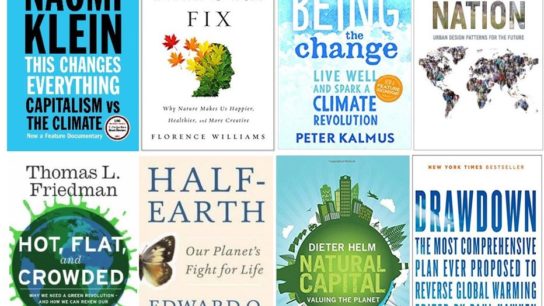As the push for sustainability becomes more popular, parents are looking for ways to introduce the next generation to conservation. Thankfully, kids can learn and play at the same time by exploring the outdoors and utilising natural playgrounds. Here are some of the benefits of building a natural playground in your backyard, and how they can promote health for your kids and the planet.
––
Sustainability has become trendy.
As more people are starting to recognise the crushing environmental problems affecting our planet, they’re starting to realise that all hope isn’t lost. There are things we can do today to change the course of climate change and other environmental issues.
More importantly, though, there are things that need to be done in the future. It’s not enough for one generation to make a dent in climate change, only for future generations to take steps backward. To make sure sustainable lifestyles are more than just a phase, parents must introduce their kids to conservation efforts and lifelong eco-friendly habits.
Thankfully, you can teach your children about sustainability by adapting some of the things they already enjoy doing.
Most kids love to play outside. It’s not just fun for them, it’s beneficial to their development. Outdoor play improves motor skills, increases openness, and helps kids develop a greater sense of self-awareness.
With the right mindset, it can also help them develop a greater appreciation for the environment.
As a parent, something as simple as building a natural playground in your own backyard can make a big difference when it comes to children’s education on environmental conservation. As a bonus, when you create your own playground, you can build it to your own standards and not worry about dangerous pathogens that are often found at “traditional” playgrounds.
But, what does a natural playground look like, and how can you use it to make your kids more aware of environmental needs?
What is a Natural Playground?
If you do a quick search online, you can probably find pre-built playgrounds and equipment that could be sent to your house in a few days. But that kind of defeats the purpose of being more sustainable.
Instead, focus on creating a natural playground on your own. Use materials you might already have on hand or consider repurposing certain items that you would otherwise throw away. Repurposing and recycling are great ways to reduce waste production in your house. If you’re not sure which items to use, ask your kids to use their imaginations and give you ideas on things that could be given new life.
Not sure where to get started? Try some of the following ideas with things you probably have in your house, shed, or garage:
- Repurpose an old boat, canoe, or sandbox
- Build a fort with random, miscellaneous objects
- Use old pieces of fence or plywood for “walls” or as a drawing board
- Create obstacle courses with household objects
By getting your kids involved in the design and construction of the playground, you can create a learning opportunity. Show them how important it is to reuse things and not throw something away just because you aren’t using it for its original purpose anymore. You might be surprised by just how creative they can be.
Create Built-in Activities
Using sustainable building materials for your playground is only a starting point. You can continually teach your kids about conservation by introducing different “green activities” around the playground area.
It’s important to choose the right piece of land for your playground. Avoid areas that are too soft or where the ground doesn’t feel sturdy. Additionally, try not to build around thick weeds or heavily-wooded areas where ticks or other dangerous insects could be hiding. Building the playground under a shady tree is a great option, and it gives you the opportunity for more lasting activities to be added – including a garden.
When you introduce “homey” items to your kids’ playground, they’ll spend more time there, and let their imagination get to work. A garden is a fantastic way to let them get their hands dirty (literally) while learning more about the environment.
You can choose to let them plant a real garden with flowers or produce or go the “pretend” route, giving them a few safe tools to play with and adding things like small statues or fairy houses. Your kids can learn what they do to take care of the environment matters and it has an impact now and in the future. If you don’t know much about gardening or you don’t think your kids would enjoy it, consider other nature-centric activities, like:
- An obstacle course that you change each month using items found in nature
- Building a backyard ecosystem
- Identifying plants
- Light and shadow observations
- Weather observations
Don’t worry about getting too specific or detailed with activities. By letting your kids explore and get creative, it will be easier for them to reconnect with nature without feeling limited.
They Will Save What They Love
As a parent, you’re undoubtedly always looking out for your kids’ best interests. You want them to be happy, healthy, and enjoy their childhoods. We already stated some of the health benefits of letting kids play outside, but letting them understand the importance of nature is another way to take care of them – by helping to ensure a healthier planet for them to enjoy.
Kids will save what they love as they get older. They will protect what matters to them. They might even start sooner than you think. If your child has a favorite toy or stuffed animal, for example, they might hold it close when they’re scared, or even pretend to “protect” it when something is going wrong.
They’ll do the same with nature if allowed to fall in love with it. You might see them recycling more at home or trying to find ways to reuse items. They might even want to spend more time outside, letting their imaginations soar. Introducing your kids to nature now will help to develop a life-long relationship with it. As they get older and can do more, they will continue sustainable habits, pass them on to their children, and can end up being stronger advocates for the environment.


















